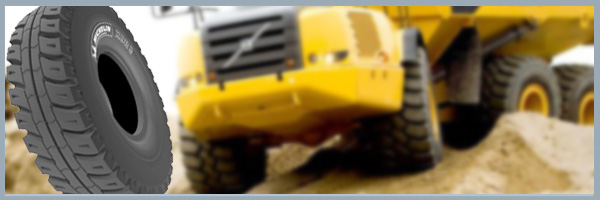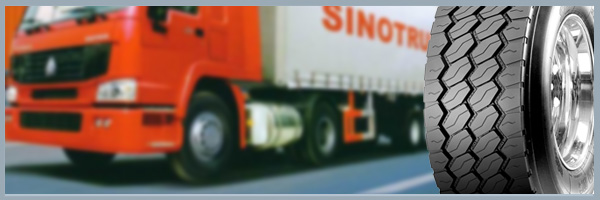Tires





MOK have industrial tires, earth mover tires or off the road tires, truck and bus tires and passenger car tires. For your orders or inquiries e-mail us info@mok.com.sa or contact us.
Tire Guide
Perhaps the biggest mistake a consumer can make when replacing tires is not using the correct size. On the sidewall of your tire, you’ll find a code that tells the tire’s size and capabilities. Here’s a sample code:
- P195/60R16 63H M+S
- P – Type of tire
- 195 – Width of the tire across the tread in millimeters
- 60 – Aspect ratio of the sidewall compared to the width
- R – Radial construction
- 16 – Diameter of the rim in inches
- 63 – Tire’s load rating
- H – Tire’s speed rating
- M+S – Tire is suitable for all-season driving
If the tire-size code starts with LT instead of P, it means the tire is a light-truck tire. Light-truck tires are designed to have higher-load carrying capacities and are usually found on pickups and SUVs. These vehicles are not required to have LT tires, and in many cases, the original-equipment specification calls for passenger-car tires.
The speed rating translates into the tire’s ability to dissipate heat, or prevent heat build-up. Heat is a tire’s enemy. The more heat, the faster the tire wears, and the faster a tire might break down. A tire with a higher speed rating can dissipate more heat on long highway trips. If a consumer were to spend little time on the highway, the speed rating might not be an important factor in choosing a replacement tire.
Tires are speed rated from 99 to 186 miles per hour (159.3 to 299.3 kilometers per hour). The most common speed ratings are T (118 miles per hour or 189.9 kilometers per hour) and H (130 miles per hour or 209.2 kilometers per hour). Both of those ratings clearly exceed the nationally posted speed limits and would make excellent long-distance highway tires. If a consumer were to drive only in urban situations at low speeds, a tire with an S (112 miles per hour or 180.2 kilometers per hour) speed rating might be completely acceptable.
Another important factor in choosing a replacement tire is the load rating. The load capacity number on the tire-size code indicates the load-carrying capacity of that single tire. When selecting replacement tires, consumers have to be careful not to select a tire with a lower load-carrying capacity.
Regardless of a tire’s speed rating, load-carrying ability, size and construction, traction are the keys to safety. A common mistake is to select a tire without considering its ability to hold the road. Savvy consumers will balance a tire’s traction in dry conditions, in wet conditions and in the snow. If you desire a high-performance tire but live in northern climates, consider a “winter” tire for driving in the snowy season. If you live where the weather is warm all year, a touring tire may suit your needs just fine.
Passenger-car and light-truck tires are very different. Pickup and SUV owners will generally select passenger-car tires because they are less costly and offer a smoother ride. However, if a vehicle will consistently be loaded with cargo or will be asked to pull a heavy trailer, then perhaps the higher load-carrying capacity of a light-truck tire would be the better choice.
